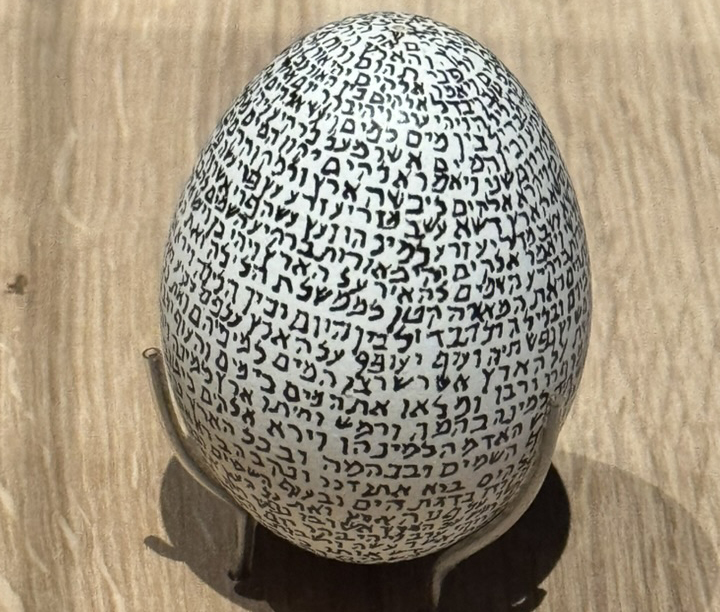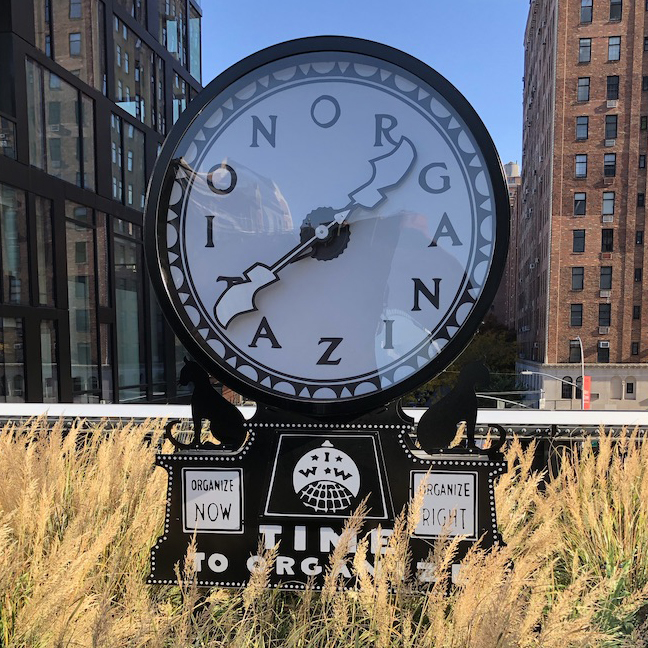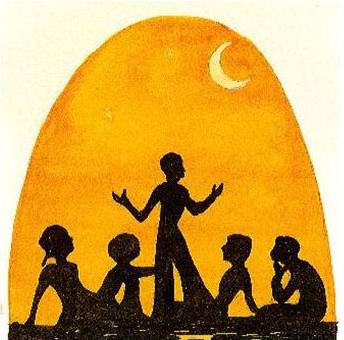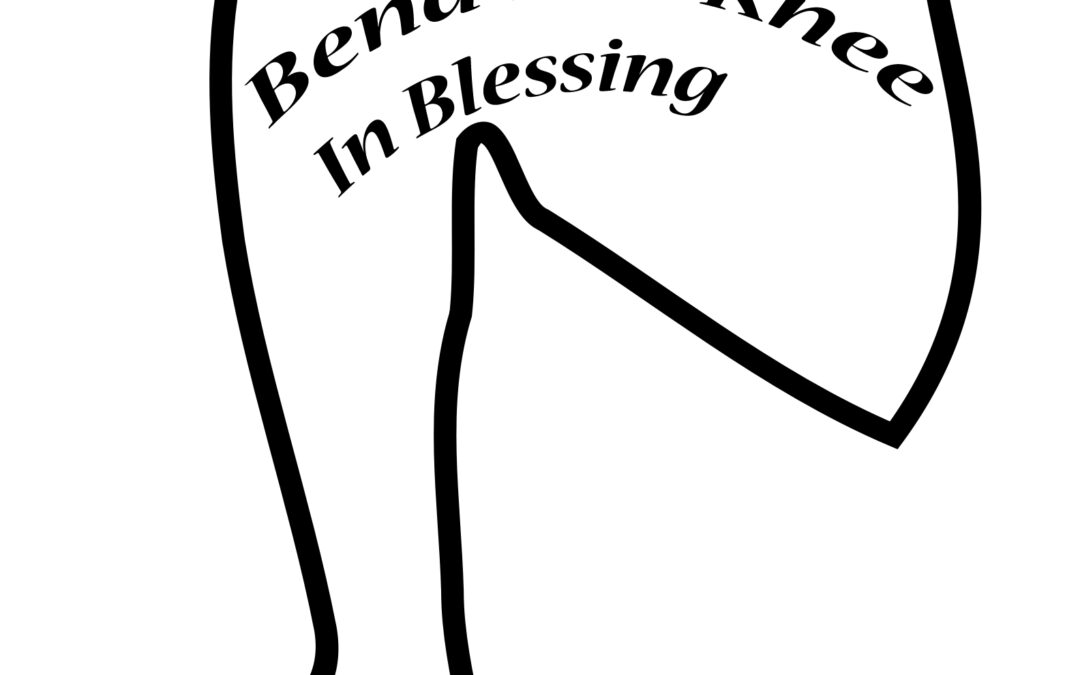Photo Credit: Rennett Stowe on Flickr
Chukat: The Red Heifer and Our Stuff
Rabbi Andra Greenwald
Is it sacrilegious to feel that some pieces of the Torah just don’t make sense?
In parshat Chukat, the Law of the Red Heifer presents us with one of the statutes for which we have never found a definitive explanation. A mishpat–a law–is an edict based on rational thought, such as “do not murder.” A chukat, on the other hand, is a statute, a law not necessarily based on anything we might readily understand.
Most years, during the early weeks of summer, we read about one of the few, but nevertheless significant, chukkim in the Torah.
The Law of the Red Heifer tells us that to purify someone who had been rendered impure via contact with the dead, we must find and sacrifice an unblemished red heifer, a red cow, mix her ashes with water and sprinkle this mixture on the person to be purified. Ironically, quizzically perhaps, anyone coming into direct contact with the ashes themselves becomes impure. Why?? No widely held interpretation has yet been accepted, while many have sought to understand this perplexing ritual.
Hmmmmm, while mixed and then sprinkled and spread upon others, the ashes serve to purify, but while kept tight and not yet spread, this very same element erodes the person holding onto it and the ashes become toxic to him—or her.
As we move through the years and look forward with new eyes, and within with a new sense of what matters, many of us also begin to look around, noticing all we’ve amassed. The stuff. And as we survey the attics, basements and storage sheds, testaments to the fact that we’ve been here, we start to question why we are holding onto all of these things. Sentiment? History? The “maybe one-days,” as in one day I might need this, or one day it might fit again?
Approaching the eighth decade of life often brings with it terms like downsizing, purging, paring and the freedom to let go. Many of us opt to see our children and grandchildren enjoy their inheritance while we’re here, to eat off the china with them and to see the jewelry sparkle and reflect in our loved ones’ eyes. Others of us box up the clothing we hoped we’d wear again, but know we never will, and bring our gently-used garments to thrift stores and clothes closets where they will garner new lives and offer warmth and a sense of dignity to those who need them.
Some of us begin to wonder how many dollars we must leave behind. Didn’t we help our offspring—and perhaps theirs—to attain educations so they would be able to earn their own fortunes? Some of our dollars might feed hungry families, shelter unhoused individuals, put shoes on the feet of impoverished children.
It’s certainly not a sin to use and enjoy what we have; as a matter of fact, we’re supposed to do that. But how much does any of us need? And, does the answer to this, perhaps, change as the years pass?
Years ago, our family brought 22 bags of clothes, toys and household goods to a group of newly-arrived refugees from Southeast Asia. In the car on the way back home my eldest daughter’s first words were, “It’s hard to give away your things, but when you see the smiles on people’s faces, it makes you feel all warm inside.”
After all of our years of working, raising families, educating, leading, volunteering, reading, writing and being, this is the time to feel all warm inside.
We can, of course, clench our fists and hold on; age does have its prerogative and what’s ours is ours. Or we can head out and spread and sprinkle our unused coats, the books gathering dust and our as-yet uncommitted hours among those who may value them more than we might imagine, sending the riches of lives well-lived out to so many.
Those ashes when clenched and concentrated darkened more than our hands; impurity goes far deeper. Likewise, those filled basements are certainly not doing anyone any favors. But a place for everything? What a novelty!
Most of us have not been called upon to find red heifers, and haven’t had to worry about handling her ashes, but we have known the sigh after purging a closet and the bigger breath we took upon donating what we found.
Yes, a chukat’s meaning may elude us–and often does–but while there may be myriad interpretations of the law of the Red Heifer, one message we might take from this parashah into the next decade is that sharing what we have with others blesses them—and us—while keeping all of our gifts to ourselves renders us the impure.
Rabbi Andra is a Licensed Clinical Social Worker, published poet and ordained rabbi. She is also the mother of three wonderful young women and has amazing children-in-law, along with three grandchildren who are the loves of her life. She is married to her best friend with whom she enjoys traveling, laughing and any time spent with their family. Andra serves on the board of a food bank and clothes closet and is a volunteer hospital chaplain. She loves people, writing and teaching and strives to make the world better one life at a time.










What a great way to use reframing to see what might not be seen. And give a fresh perspective and understanding.
What a beautiful piece!! I loved the perspective and have wrestled with the same. Thank you for your encouraging words. I am in the process of releasing so many of those “things”!